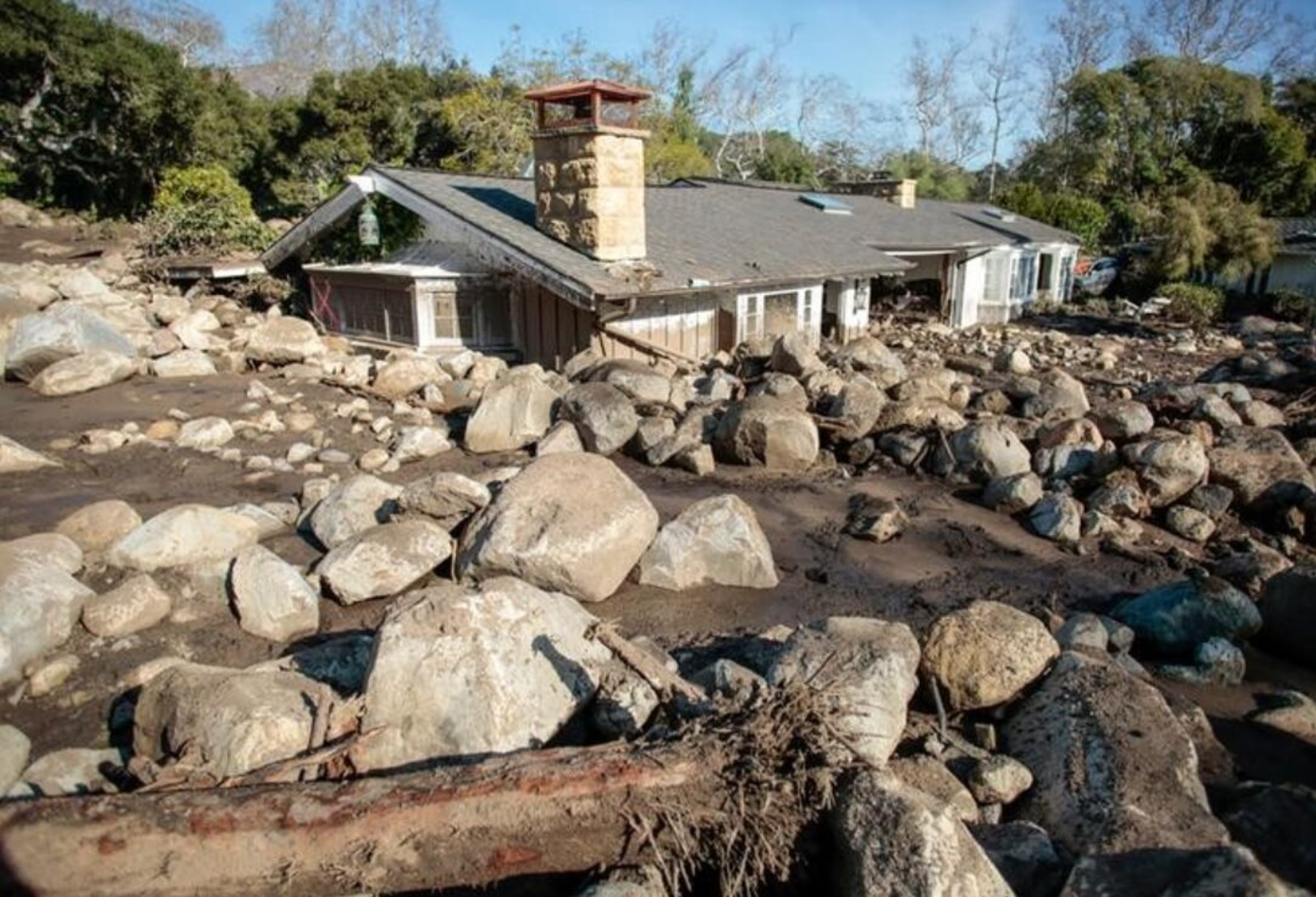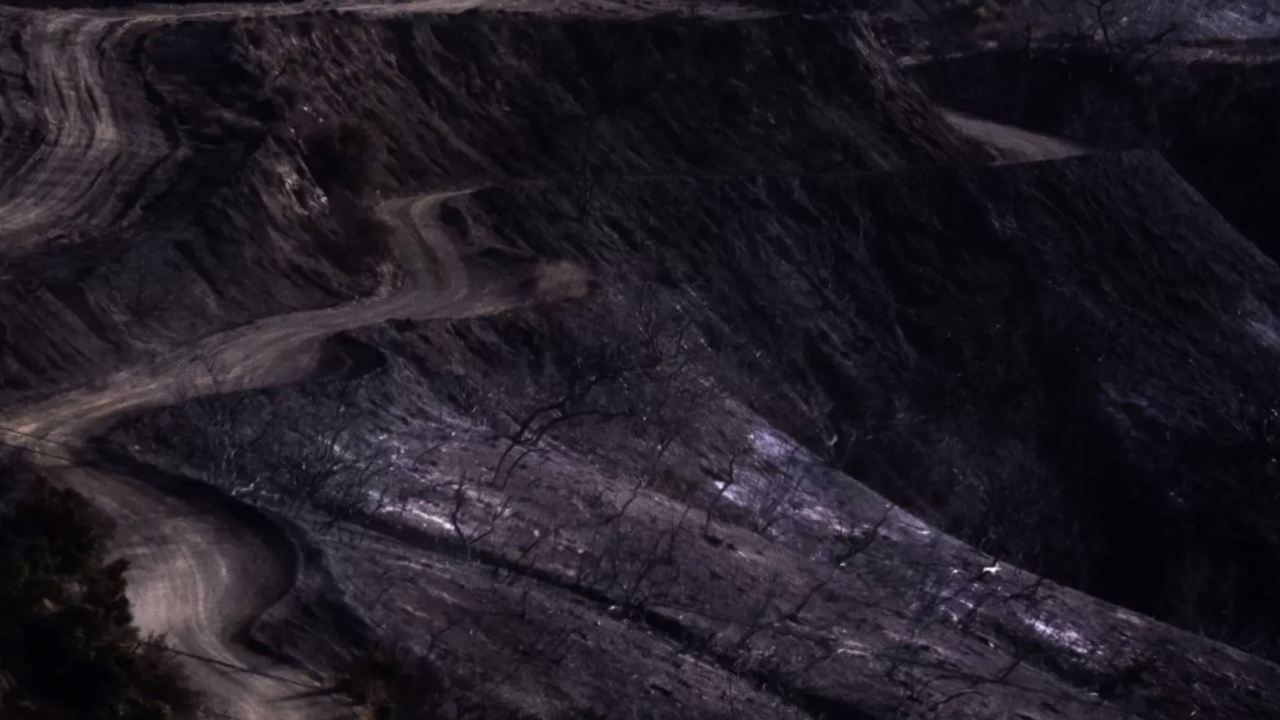By Idil Akin, Associate Professor, UCLA Department of Civil and Environmental Engineering
Key takeaways:
Destruction of vegetation, loss of soil cohesion, and changes in soil composition following wildfires all heighten the risks of erosion and landslides in hilly areas.
The areas impacted by the Palisades and Eaton fires will likely be susceptible to slope failures for years to come, especially when rain falls on the burn zones during future wet seasons.
Detailed gathering of site-specific data and analysis using slope stability models to identify and treat affected critical slopes—where a failure could result in a threat to communities, transportation systems, or the environment—will be essential to reduce the risk of a catastrophic event and help with the recovery efforts.
Slopes burned by wildfires are susceptible to erosion, landslides, and debris flows. Fires affect physical, chemical, and biological soil properties that result in a change in mechanical and hydrologic behavior of hillslopes.
Wildfires result in loss of vegetation, loss of cohesion, and changes in soil composition. The loss of vegetation leaves the bare soil surface prone to raindrop impacts and increases erosion.
Our recent study also showed that reduction in soil suction around the burned vegetation due to loss of transpiration (water movement from soil to the atmosphere through plants) and formation of macropores (large holes in the ground left by burned roots) on the soil surface increase landslide susceptibility of the hillslopes.
Depending on the burn temperature, a hydrophobic soil layer may form a few centimeters below the soil surface and result in shallow translational sliding when the soil layer above gets saturated. In addition, wildfire ash with varying properties is deposited on the soil surface.
Presence and redistribution of wildfire ash over time changes the mechanical and hydrologic behavior of the hillslopes. Erosion and shallow landslides increase the sediment load in the channels and streams that increases the debris flow risk and can create environmental concerns related to water quality. Debris flows are catastrophic events that threaten life, property, and local economies. For example, the catastrophic debris flows in January 2018, which followed the 2017 Thomas Fire killed 23 people and resulted in insurance losses exceeding $400 million.

One of the challenges in modeling post-wildfire slope stability is that post-wildfire environments are dynamic systems during the recovery period after a wildfire. As a result, we currently don’t have a complete understanding of the initiation mechanisms of post-wildfire slope failures.
My research group at UCLA is working toward tackling this challenge and developing wildfire-specific slope stability models.
Until then, in the short term, the best thing we can do about the potential slope failures at the Palisades and Eaton Fire sites is to perform detailed reconnaissance, gather site-specific data, run existing slope stability models to identify and treat critical slopes and make timely evacuation decisions and reduce the risk of a catastrophic event. It is important to remember that these burn scars will remain susceptible to slope stability issues for years to come. While a debris flow risk is highest during the first wet season, landslide risk will increase as roots progressively decay.





